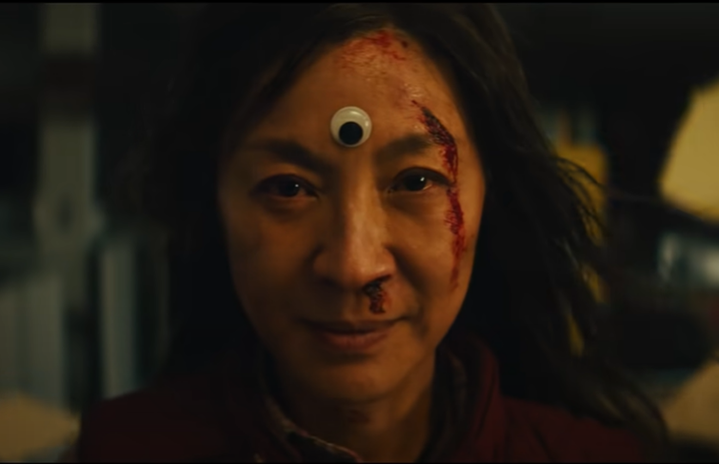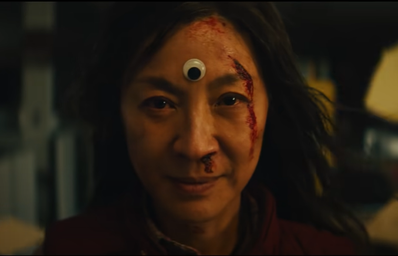I recently had the chance to watch Everything Everywhere All at Once in theaters. While watching, I couldn’t help but compare it to a movie I watched at the beginning of last year, Turning Red.
How can a R-rated movie and a Disney Pixar film be related? None other than intergenerational trauma!
The movie’s main theme is tackling the relationships within a family, especially the intergenerational trauma that often stems in immigrant and first-generation families. Everything Everywhere All at Once and Turning Red addresses the complexities of this struggle beautifully, whilst maintaining humor, drama, and relativity.
Both movies follow a traditionally raised Chinese mother raising a daughter who does not want to conform by the rules of their culture. Both the mothers had trauma due to their parents’ expectations. Conflicts arise when the mothers are forced to confront the idea of their daughter not succumbing to conformity as their mothers did.
The movies do an amazing job of showing real sides to familial relationships, allowing the audience to empathize with not only the daughters, but the mothers. The mothers are not villains, rather victims of a system of trauma passed down. These mothers were trapped in the vicious cycle that is intergenerational trauma, with no resources or knowledge to get out.
The movies follow the mothers recognizing how they were impacted by intergenerational trauma and how its impact has affected their parenting. This moment of realization and wanting to change is where the climaxes of the movies happen.
The cognition of the issue and working to actively combat it is the only way for it to end. The realization that the characters were victims of a cruel cycle provides growth to the characters, but also allows for metacognition within the audience.
It is important that issues of intergenerational trauma are addressed, so the cycle is not repeated.
The release of these movies mark an important shift in society, whereas people affected by these issues can see themselves within characters and media to feel less isolated. It is within communities with high, strict traditional culture values that mental health is stigmatized the most. Due to the high stigmatization, hurt people are less likely to reach out and more prone to repeating the cycle. The exposure to the struggles of intergenerational trauma creates a reference point that people can use to address the issues.
Personally, I saw myself in the daughters in these movies. It was incredible to see feelings that I have talked about and illustrated on-screen. It made me feel validated. It gave me hope.
These movies and many movies like them are going to change cinema and change how we view our lives and relationships.





